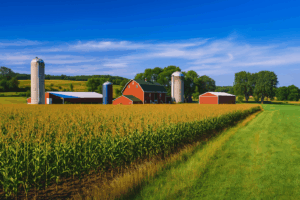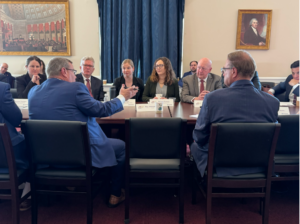Our state approach
States play a critical role in addressing flooding. We give state leaders the tools they need to protect communities.
Our state approach
States play a critical role in addressing flooding. We give state leaders the tools they need to protect communities.
State Flood Resilience Framework
State leaders need to know how to address flooding in their communities. We created the Flood Resilience Framework to guide decision-makers in shaping effective policy.
Leadership and Accountability
Who´s in charge?
Data Management and Risk Assessment
What’s at risk?
Strategic Planning
What should we prioritize?
Funding and Financing
How do we pay for it?
Statewide Standards
How can we secure long-term change?
Here are some of the ways we’re driving flood solutions in states:
From shaping landmark legislation to securing historic investments, our efforts have driven impactful flood resilience initiatives across multiple states.
Our policy recommendations to the Florida legislature led to the landmark Always Ready law which has invested billions in resilience, and created the Florida Flood Hub for statewide data and modeling.
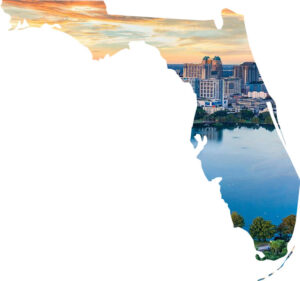
We helped create the statewide resilience plan, which identifies flood risks and prioritizes flood resilience projects, and secured recurring funding for the Office of Resilience (SCOR).
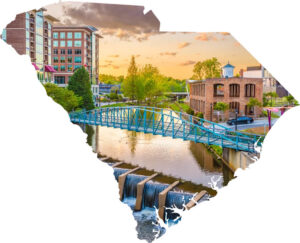
We’ve partnered with local leaders and state lawmakers to drive a historic $800 million investment in flood resilience and the North Carolina Flood Resiliency Blueprint.

We influenced the State Flood Plan to guide over one billion dollars in flood resilience investment and set a roadmap for flood projects across the state.

Latest State News
Smart flood solutions for every state:
We are working in 25+ states and counting to advance flood resilience at the state level across the country.
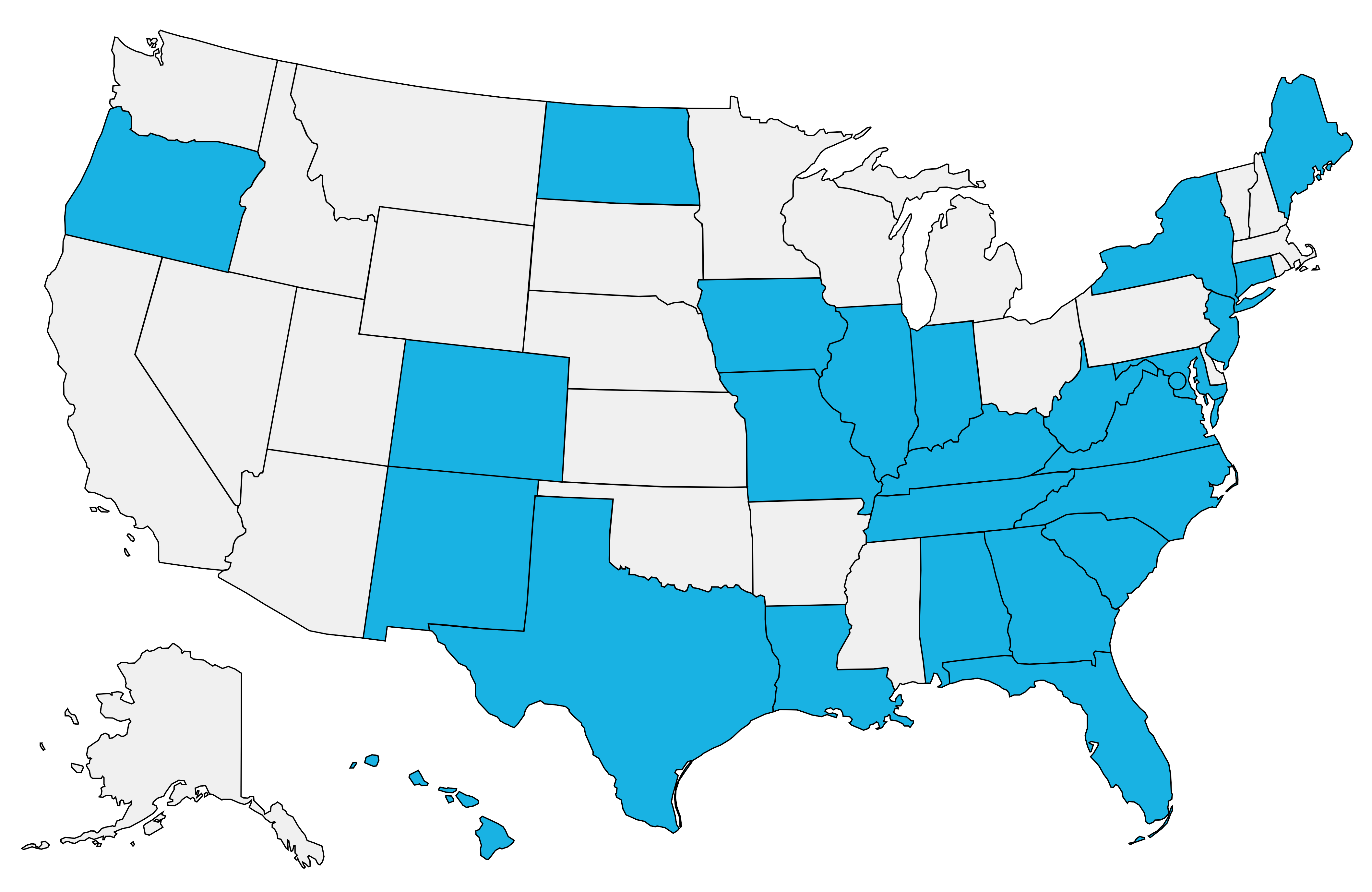

Convening state leaders
We regularly convene state legislators and policymakers to share expertise and discuss best practices in building state-level flood resilience.
State resources
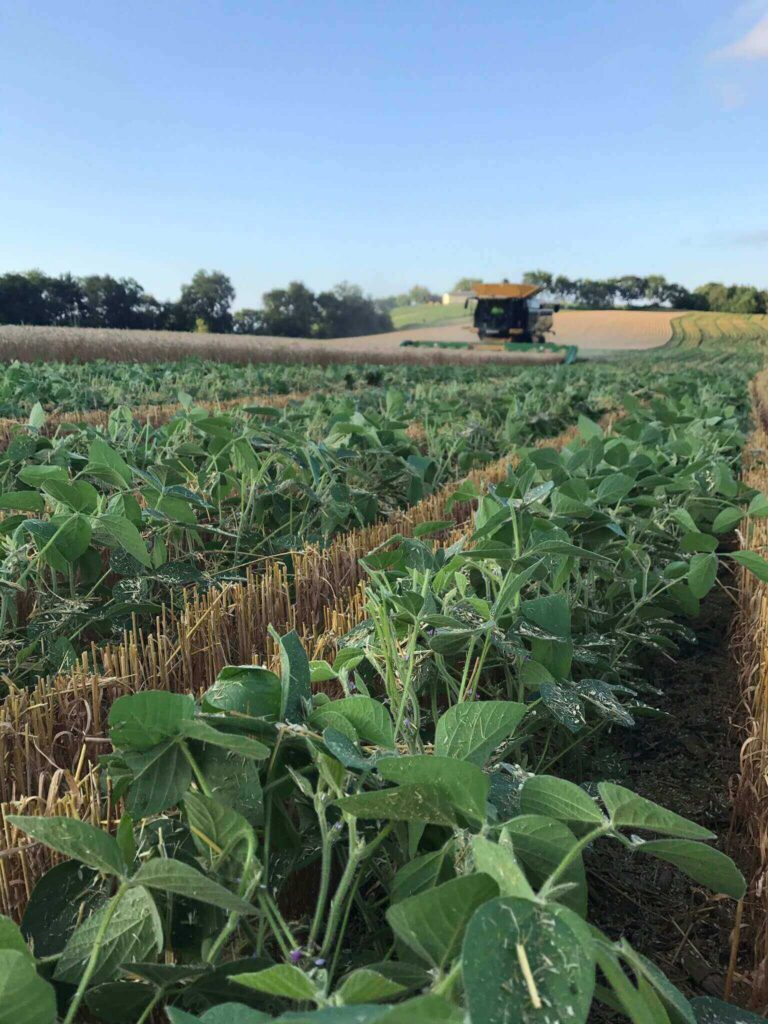
How can multi-cropping reduce flooding?
Multi-cropping can reduce flooding downstream, increase farmers' profits and improve soil health.
Our research with Iowa State University shows how farmers can lead on multi-cropping and protect communities from flooding.

How can state planners build quality projects?
Our State Resilience Partnership created a flood resilience checklist to help state planners better prepare for flooding.
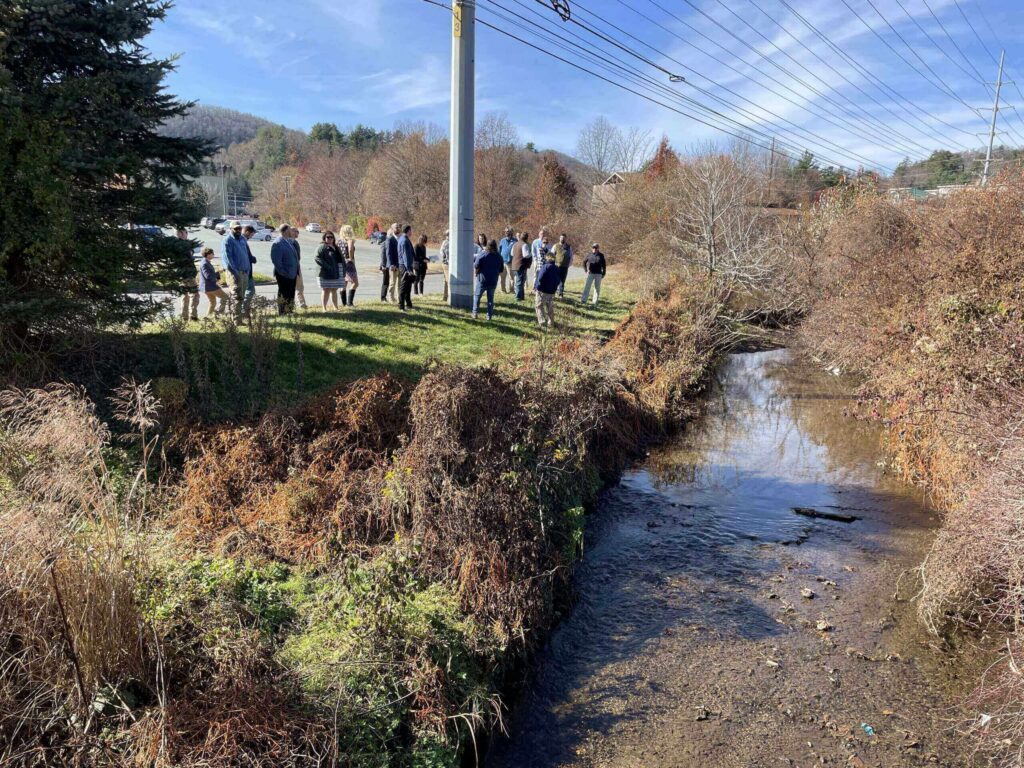
How can I carry out a state to local technical assistance program?
States are integral partners in building flood resilience locally. Here are four strategies to carry out an effective state-to-local technical assistance program.



